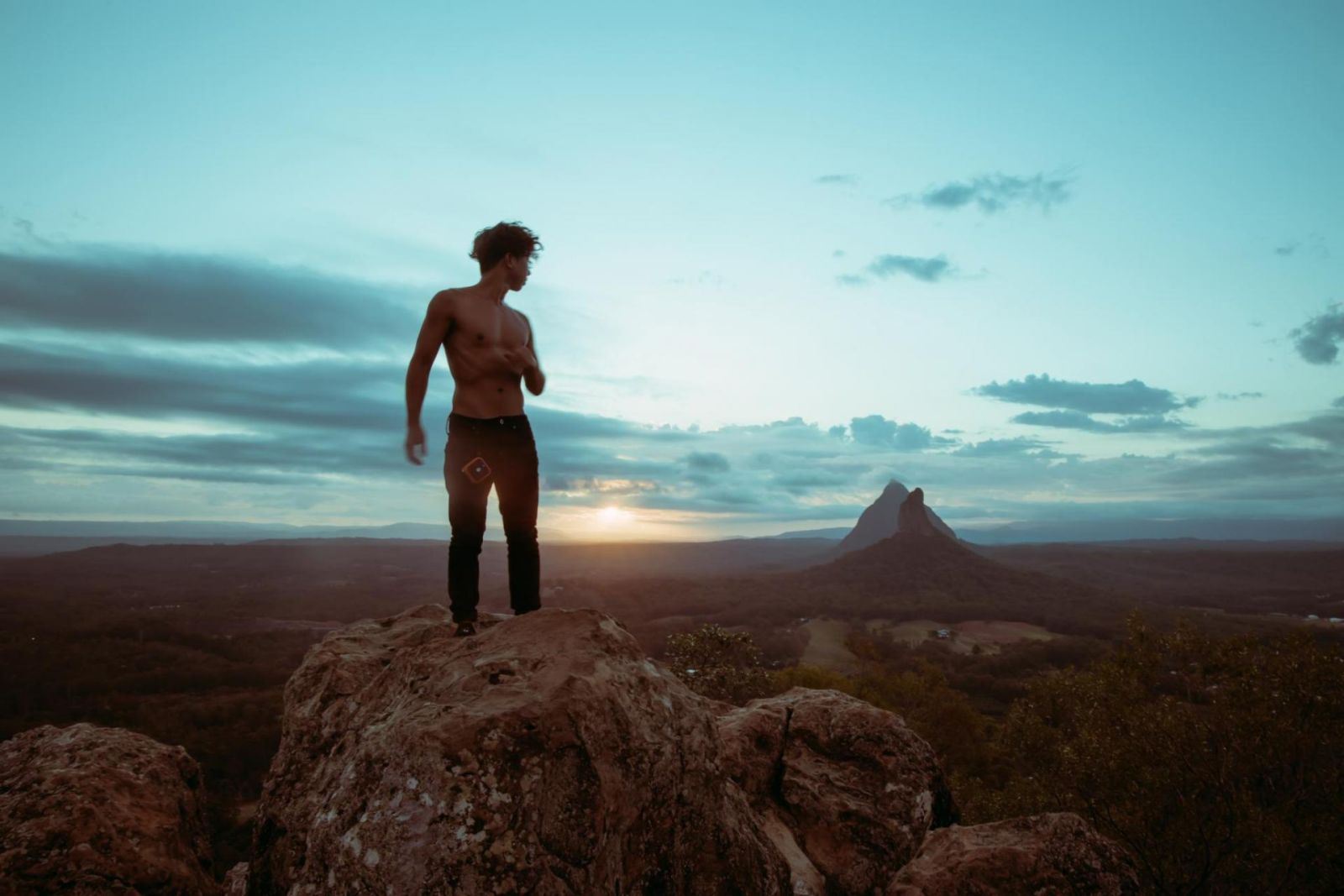
Hiking in Australia allows you to explore our beautiful scenery in a unique way, delving into hidden grottos or along trails carved out by individuals over a century ago. You can also get up close and personal with our native flora and fauna – but not without putting a bit of thought into what to bring on a hike first. That’s why we’ve put together this hiking essentials checklist. Any experienced hiker will tell you that you’ll need quite a bit of gear, especially if you’re hiking over multiple days, so we’re approaching this from a basics standpoint: feel free to build upon this and tailor the list to your needs.
Before You Go: Creating A Survival Kit
Before we break down our list of what to take hiking, we want to take the time to stress the top five things that you need to consider when heading out bush, up a mountain, or just about any other kind of hike. These are water, warmth, shelter, signals and food. Even on a one-day hike, you should consider taking items with you that can save you in a pinch – these items will be part of your survival kit. You can buy pre-arranged kits or put your own together. If you create your own, it should be in a waterproof case and should ideally weigh as little as possible. Your survival kit should include things such as:
-
Emergency blanket or bivvy
-
Water sterilisation tablets
-
Water procurement bags
-
Safety pins
-
Sewing needles
-
Nylon thread
-
Small knife or blade
-
Backup compass
-
Fishing gear (hook, line, sinker)
-
A fire starter, plus tinder
-
Whistle
-
Survival instructions.
Also, remember the rules of three of survival. It might sound bleak to talk about, but it’s best to be prepared, and when you’re asking what to bring on a hike, this knowledge is very important. The rules are:
-
Three minutes without breathable air
-
Three hours in severe climates (extreme heat and cold)
-
Three days without drinkable water
-
Three weeks without food.
With your survival kit filled with tools and your brain equipped with the knowledge of what to do in an emergency while hiking, let’s get on to the hiking essentials.
One-Day Hikes:
A hiking packing list for a one-day trip looks quite a bit different to an overnight or multi-day hike. You will of course need to start out with the appropriate clothing and some sturdy hiking boots (preferably waterproof). Here’s what to pack for hiking for the day:
-
A sturdy hiking pack (of course!)
-
Pack liner sized to your pack. This will keep your pack’s contents protected from the elements, and can also be used for shelter in adverse weather.
-
Water bottle(s) or water bladder. If opting for bottles, make sure they’re durable (aluminium or plastic).
-
Your survival kit
-
A map. Your GPS probably won’t work where you’re going.
-
Compass.
-
Analog watch (can be used for navigation).
-
Water-resistant SPF30+ sunscreen.
-
Sunglasses
-
Hat
-
Small torch
-
Whistle
-
Pocket knife
-
Matches
-
Toilet paper and small shovel
Overnight Hikes (Or Hiking Over Multiple Days)
If you’re planning to hike for multiple days or even overnight, you’ll need to pack everything above plus the items listed below:
-
Personal locator beacon (PLB)
-
Tent with flooring
-
Sleeping bag within a plastic bag to keep dry. If you’re hiking in alpine areas, you should pack a sleeping bag that is rated for sub-zero temperatures
-
Sleeping mat
-
A spare change of clothes, suited to the environment in which you’re hiking
-
Food (averaging at 700g a day)
-
Additional water container
-
Water filter or purifying tablets
-
Fuel bottles
-
Matches
-
Compact stove
-
Plate, bowl, mug and utensils
-
Torch batteries and spare bulb
If you have the room in your pack, you can also include things such as candle lamps, books, and a camera. Of course, these hiking essentials are just that: essentials. With experience, you’ll figure out whether or not to carry more than what we have mentioned above. If you’re new to the hiking scene, why not start your adventures in the best national parks in Australia?


.png)